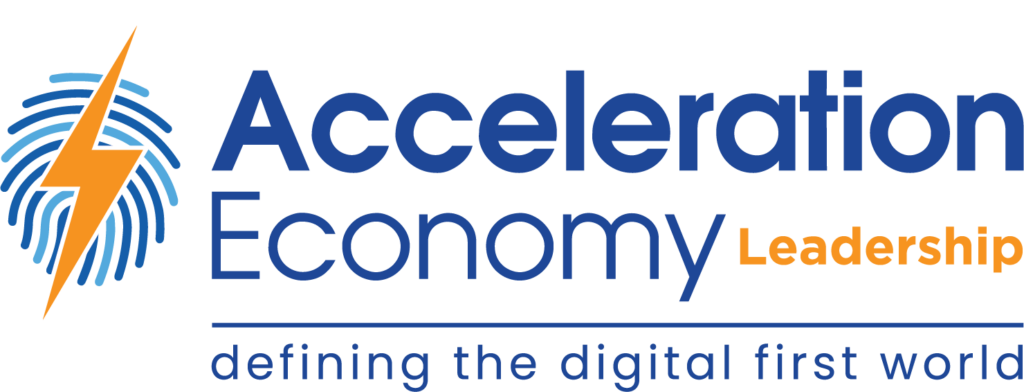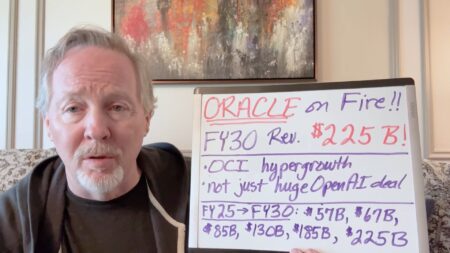You may think that sustainability programs are all about packaging: Reduce single-use materials, redesign packages, and incorporate recyclable components.
But that was 10 years ago. According to the Helsinki-based analytics company Sievo, “Sustainability can be defined as the process of making decisions that benefit not only the organization but society as a whole, while minimizing the impact on the environment.” That sounds like a lot more than packaging. Today, if you’re a Chief Procurement Officer (CPO), sustainability is about tying your procurement strategy and initiatives to your company’s environmental, social, and corporate governance (ESG) program.
Sustainable procurement means that the process of choosing suppliers and managing subsequent relationships must consider these ESG factors in addition to traditional purchasing criteria like price and specification. While it still includes buying sustainable components or re-engineering packages (the environmental piece), it’s also about ensuring that all the businesses in the supply chain are protecting the health, safety, and rights of their employees (social) and have governance in place to cover data and cybersecurity, anti-corruption, risk management, and business ethics.
An oft-cited fear is that sustainability costs money. And there’s no doubt that redesigning products and processes has upfront transition costs. But there are benefits in the long term, with McKinsey reporting that “Strong ESG credentials [eventually] drive down costs by 5 – 10%.”
With pressure from inflation and supply chain disruption, it may be daunting for a CPO to take on something as far-reaching and ambitious as a sustainability program. But doing so has many benefits, which we’ll explore in this analysis.
A Seat at the Table
A traditional CPO complaint is that they are denied a seat at the executive table. Too often, leadership sees procurement as a tactical team chasing cost reduction opportunities and tackling supply issues. And it doesn’t help that classic procurement KPIs are all about changes in price.
But look at the website of any company with an ESG program and who’s leading it? Often it’s the CEO, the very person to whom the CPO wants exposure. Sustainable procurement enables a different kind of conversation with the executive team and offers the CPO an opportunity to be seen as a more strategic partner, giving them an entry point and a chance to add value far beyond price negotiations.
Mitigate Risk
I was working in the pharmaceutical industry when one day the evening news flashed pictures of an illegal landfill operation. And there was our product spewed all over the landfill. It was a public relations nightmare, the cause of major reputational damage, and an expensive cleanup.
In this case, choosing suppliers that adhered to ethical practices would have stopped the problem from occurring. But the waste management business that used the illegal landfill had been awarded to the lowest bidder without proper vetting. My company had been carefully scrutinizing raw material suppliers but was not applying the same diligence all the way down the supply chain to the waste haulers.
Think about the damage to clothing manufacturers like The Gap when its contractors were found to use child labor in factories with unsafe conditions.
The good news is that it’s no longer such a daunting task to assure that the supplier base is doing its part to support your sustainability initiatives. Today there are rating companies like Ecovadis that certify businesses by evaluating how well a company has integrated corporate social responsibility into its business. Choosing to work with suppliers that are taking sustainability seriously reduces the risk of supply chain disruptions and negative publicity, so it should be an important component of a CPO’s risk management responsibility.
A Piece of the Capital Budget
Departments within a corporation typically compete for a piece of the capital budget with a return-on-investment (“ROI”) calculation. It’s historically a challenge for CPOs to get what they want when others may have projects directly tied to equipment, regulatory, or customer needs. But a commitment to sustainability changes that, because if sustainability is worthy of executive attention, then it’s worthy of capital investment as well.
A strategic-thinking CPO in a company committed to ESG may be aided by a proposed investment’s potential contribution to the sustainability goals. An investment in an artificial intelligence-driven demand planning system, for example. Or retooling to manage lighter-weight packaging
Final Thoughts
Incorporating sustainability into the procurement process can have its challenges. It requires rethinking the required skillset for procurement professionals. For example, a category manager that has built his career by becoming an expert on printed material may struggle with a project that eliminates paper by digitizing corporate functions and eliminating print. CPOs need to seek — and businesses need to fund — broader thinking professionals who have or can develop “big ideas” and aren’t constrained by the past.
The World Economic Forum states that a major new supply chain sustainability regulation has been introduced in each year of the last decade. So, rest assured that sustainability directives are impacting procurement even if a company has no formal program in place. With 85% of consumers more likely to buy from a company with a reputation for sustainability than from a neutral company, it makes good business sense to be proactive.
For more insights on the hows and whys of sustainability’s impact on business processes and profits, please join us for the Acceleration Economy Sustainability Impact Digital Summit on January 26, 2023. Register today for your free streaming pass here.










